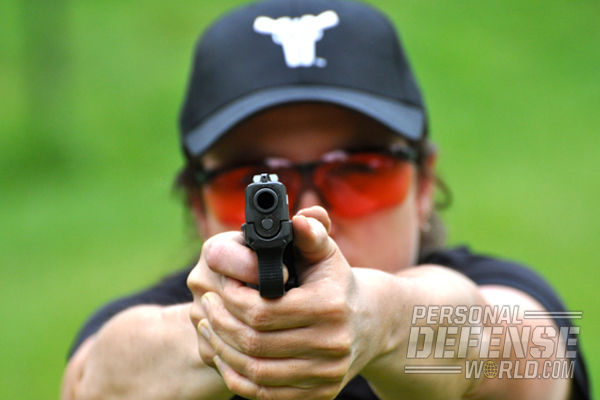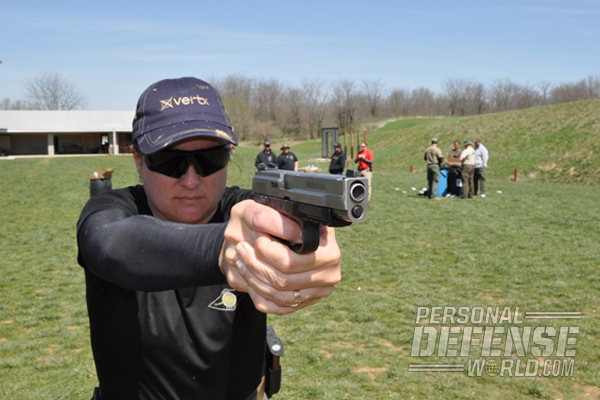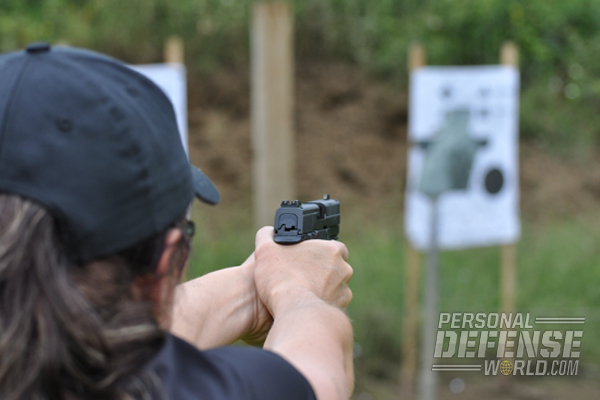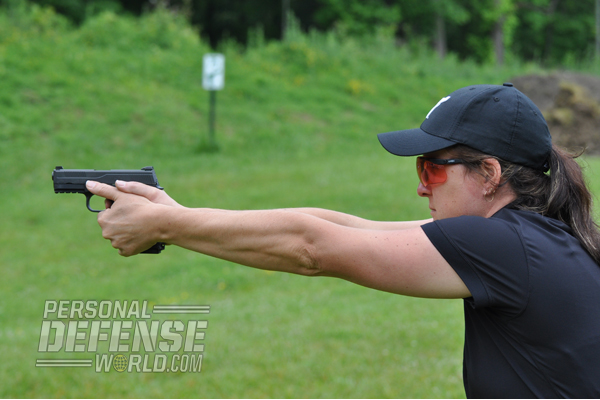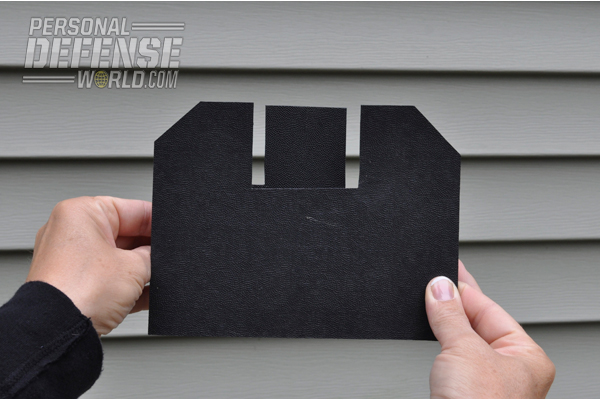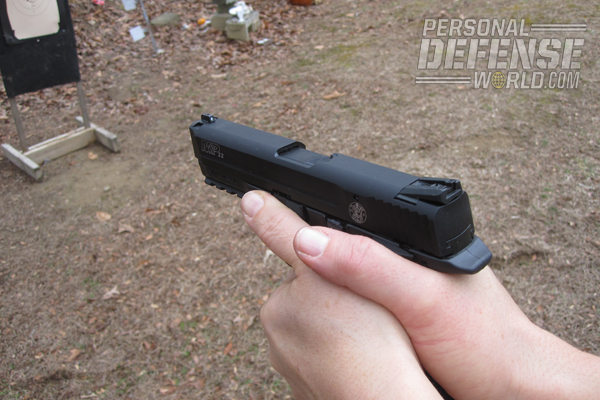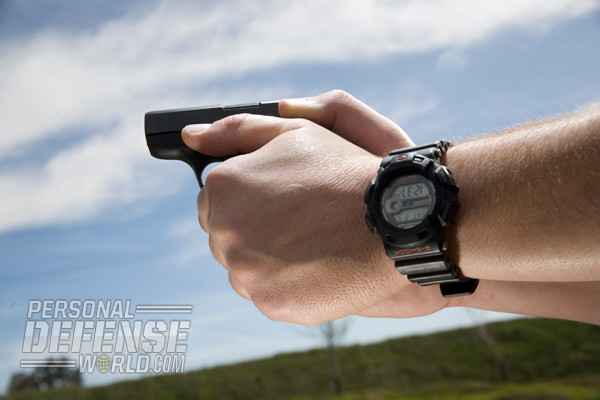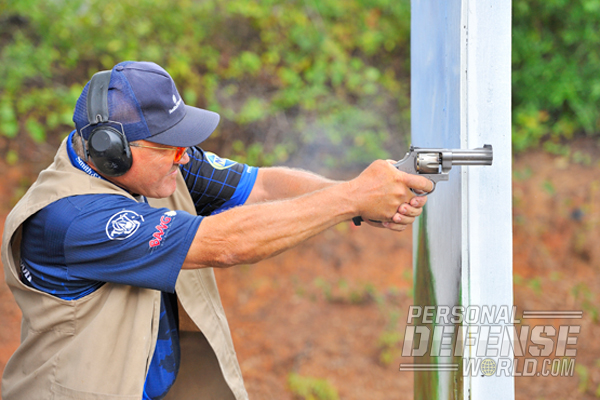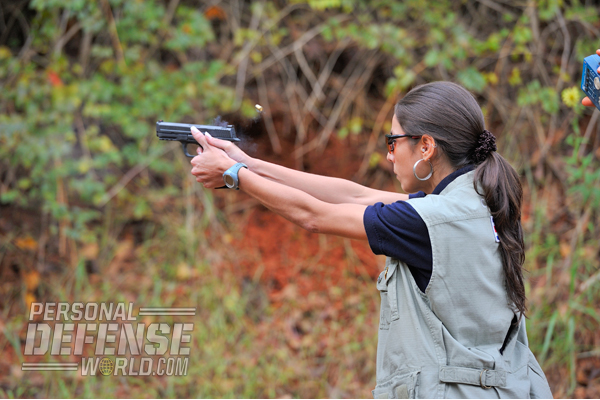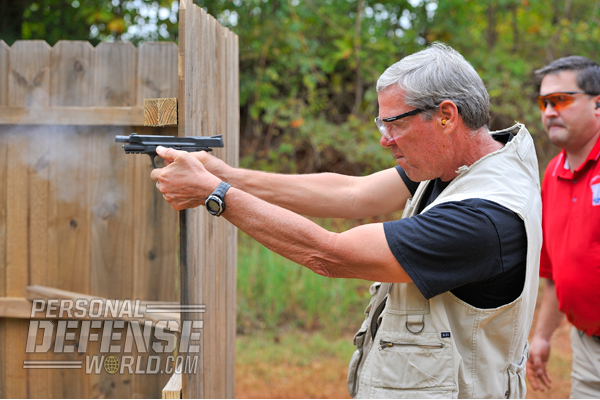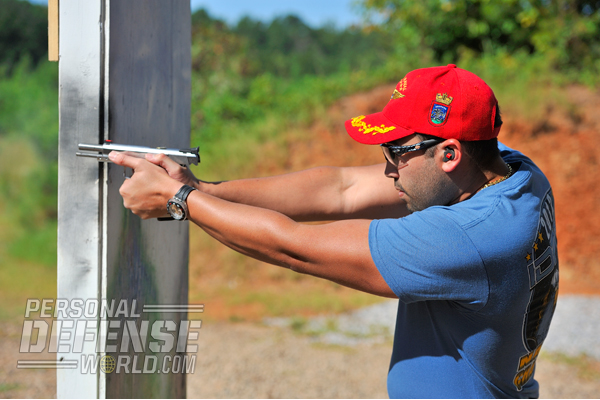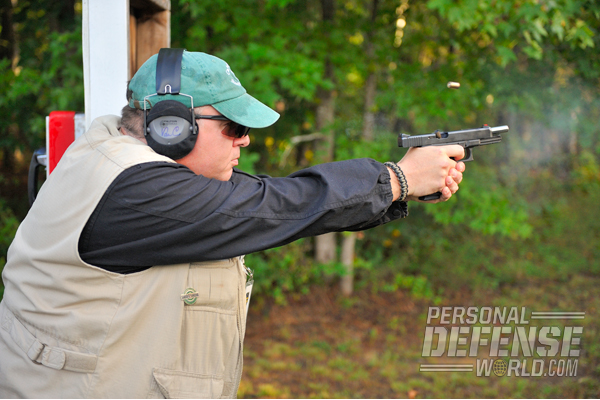There are some shooters who head out to the range, set up a target and fire off a ton of ammunition in a short amount of time. Often, these shooters equate the amount of ammunition they burn through to the quality of their training. Once home from the range, they have gained no more knowledge or skill than before heading out. Instead, they spent their time just “sending lead downrange.” Accuracy training is about so much more than that. It’s about what it takes to hit your target and then doing it, especially with a static target. As a shooter, whether training for competition or self-defense, it is important to learn how to hit what you’re aiming at. Once accomplished, you then need to understand why you miss. Self-diagnosing your misses on the range will help make you a better shooter. The following are the four fundamentals of marksmanship that are most important to concentrate on when shooting.
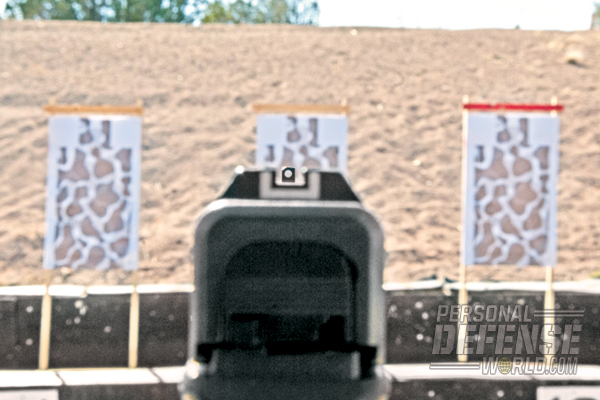
Sight Picture
Advertisement — Continue Reading Below
If you want to hit what you are aiming at, you line up the bodies of the sights. This means making sure your front and rear sights are level across the top, with equal light spacing on each side.
Now, what do you see when the handgun goes off? In order to hit what you’re aiming at, you need to see the sights when the gun goes off. With most factory pistols, you either cut in half or cover the target. If your sight picture allows you to see the target sitting on top of your sights, you will most always hit low. If you try to put a shot through that same bullet hole using a lollipop-type sight picture, you’ll keep hitting lower and lower. If you want to put two shots through the same hole, you need to achieve the same sight picture twice. That means covering up what you are aiming at each time.
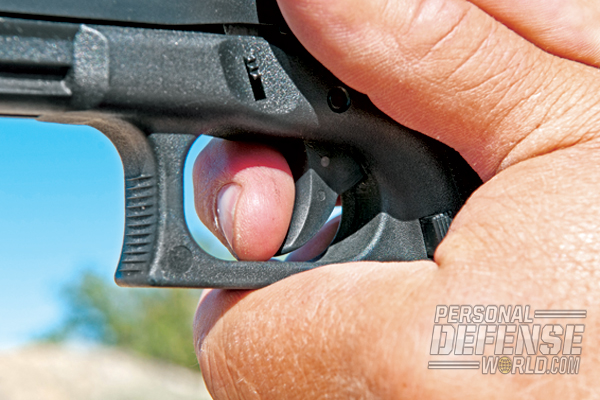
Advertisement — Continue Reading Below
Trigger Management
Learning a successful trigger press takes time, and plenty of both live- and dry-fire practice. Begin by taking up the slack, the first stage, or, as some call it, the “trigger pre-travel.” Most guns have some, others don’t. A double-action-only gun has constant tension and no slack. When the slack is out, you are at what I call the “pressure wall.” From the pressure wall, apply steady, smooth pressure or nudge the trigger until the gun goes off. Quickly let your finger fly and repeat—pressure wall, squeeze. Once you get accustomed to this trigger press, it becomes one fluid movement. Competitive shooters Rob Leatham and Todd Jarrett call this a “trigger sweep.” Sure, when you first learn this trigger press, you will be slow. Eventually, your finger will learn its path, leading to quick, smooth pulls.
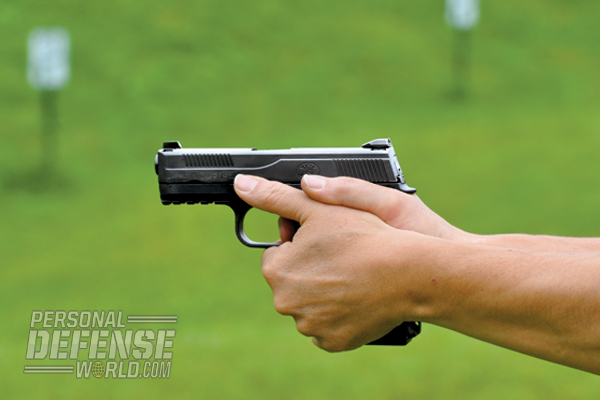
Advertisement — Continue Reading Below
Grip
The primary role of grip is to aid in managing recoil. A proper grip will also allow you to be more aggressive with the trigger and reacquire the sights quickly, producing faster follow-up shots when shooting multiple rounds. Most successful shooters use a high, thumbs-forward grip when shooting autoloaders.
The following is a way to talk yourself through your hand placement. With my strong hand high on the backstrap, I apply front-to-rear pressure and “hitchhike” my thumb. This creates a big space for my support hand to fit on the pistol. My thumb is now pointed forward with my fingers outstretched at a 45-degree angle, high up on the gun. Scooping the front of the gun up, this hand creates a side-to-side pressure. A strong grip does much to compensate for a poor trigger pull.
Advertisement — Continue Reading Below
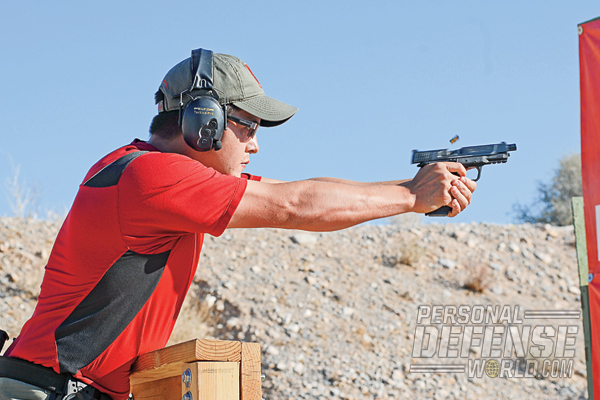
Follow Through
The definition of follow through is maintaining all of the fundamentals of marksmanship through the break of the round. More simply, see the sights, watch them into recoil and drive them back to where they started. Once you re-establish your sights and sight picture, your trigger finger should already have come back to the pressure wall and be ready to shoot again.
Advertisement — Continue Reading Below
Instinctually, we tend to look at the target the instant we press the trigger. When you are shooting paper, that hole will still be there. If you immediately want to see where your shot hit, one of two things will happen, both of which cause your shots to be low. Your peek might cause you to lower the gun or raise your head and eyes off the sights. Peeking either way will change your focus from the sights to the target.
